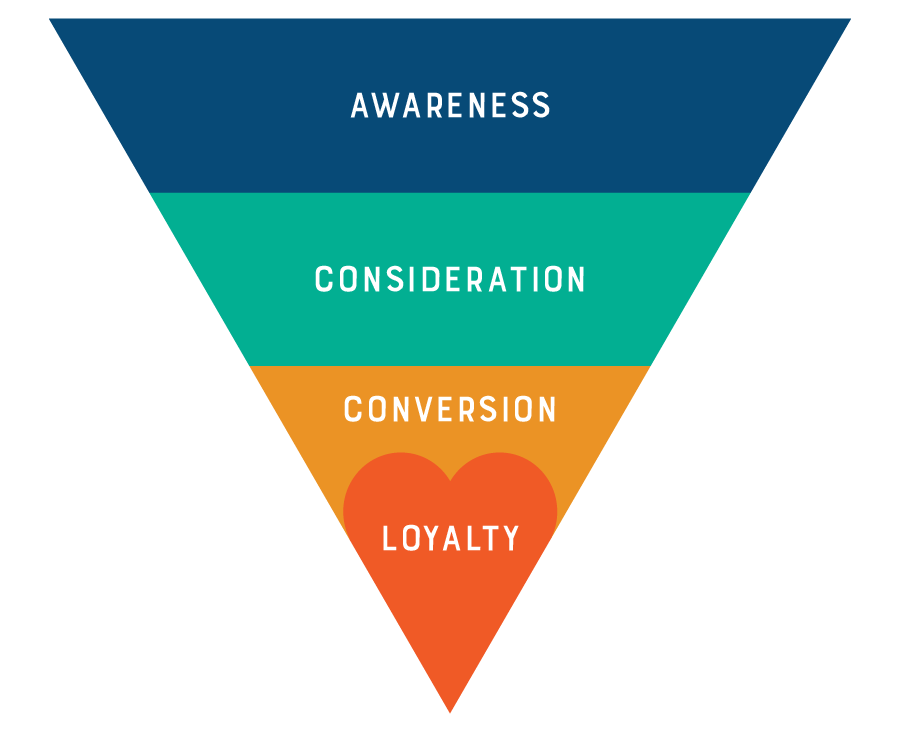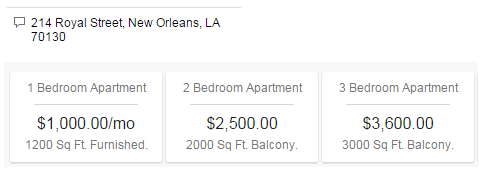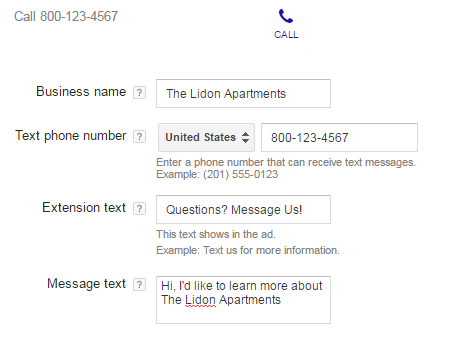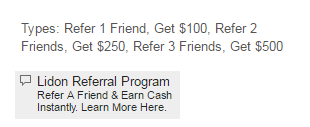
We all know that people don’t pay attention to ads anymore. Or do they?
According to the speakers at Google Marketing Next 2017, 91% of consumers that see a relevant ad will consider buying a product from the ad’s brand. That’s huge. And it means as search advertisers, we have huge opportunities for success. It also means that as an industry, we’re just not doing paid search that well. (Unless you’re getting 91% conversion rates, in which case, hat’s off to you, magical unicorn.)
So how do we make our ads more relevant?
My friends, I’d like to re-introduce you to our old buddy the consumer funnel. Now, I *hope* that you are already targeting your keywords and ads to users at different steps in their customer journeys. If not, you will likely be able to apply this article’s strategies to those account components as well.
As a refresher, the consumer funnel follows users from awareness of your brand to consideration of your product versus other brand’s products, to the purchase of your product, to then being a loyal customer to your brand. Graphic below for you visual folks.

Naturally, not every consumer travels methodically through each of these stages, though every consumer is always in one of them. And with each stage so different, why would we talk to these users in the same way? Why would we serve them all the same ad extensions?
Ad extensions and the purchase funnel
As we know, ad extensions are essential to advertising on Google. For one, they take up more real estate on search engine result pages, allowing some brands to be more visible than others. Additionally, ad extensions increase ad rank, allowing for more impressions and click-throughs. But the most important (and often forgotten) feature of ad extensions is that they provide value to the user. Ad extensions are a great opportunity to inform the user, direct the user and be relevant to the user. When writing ad extensions, we must be conscious of where the user is in the buying journey and how we can help him or her.
Let’s look at an example.
In this example, our product is an apartment building in New Orleans, Louisiana. Let’s call it the “Lidon Apartment Building”. Lidon may or may not be my last name and I may or may not have always felt it has a certain “Hilton” ring to it. Irrelevant. Moving on.
Let’s consider example search terms for this product, in the context of the funnel. I imagine them to be something like this:

Clearly, each of these users has a different level of intent, so we should provide them with the information that most benefits them now.
The Awareness Phase “apartments new orleans”
When we see a query like this, it’s safe to assume that a user is just beginning the buying process. This user has just decided to find an apartment and does not feel an affinity towards a specific brand. At this point in the process, the user just wants to know the basics. Where is the building? How much does it cost?
We can provide this information in a helpful way through location and price extensions.

The user now knows where The Lidon Apartments are located and how much each apartment costs.
The Consideration Phase “compare new orleans apartments”
After a user has become aware of several brands, they will often go through the “consideration” phase. At this point, the user is comparing The Lidon Apartments to other apartments in the area. What makes The Lidon Apartments unique? What makes The Lidon Apartments better than other apartments?
We can answer these questions through applicable callout and review extensions.

With these ad extensions, the user now knows why The Lidon Apartments are the best in the city.
The Conversion Phase “lidon apartments contact info”
At this point, the user is searching directly for The Lidon Apartments’ contact information. This user is familiar with The Lidon Apartments brand and wants to seek further information. Again, we want to push the user straight to the information that will help them most.
Let’s give the user two options to contact us directly, through call and message extensions.

Now the user has no excuse not to contact us.
The Loyalty Phase “lidon apartments referrals”
Congrats! Thanks to your relevant marketing, your consumer is now a customer. And they love you. Now you have the unique (and effective) opportunity to urge these customers to market for you. Evangelist marketing comes in two major forms: referrals and reviews. In this case, your user wants to refer.
Let’s give them what they want, in the form of structured snippets and sitelinks.

While these are all great ad extensions for each stage of the funnel, don’t feel limited to only using these at each stage. You should use as many ad extensions as you can, if and only if, they make sense and provide value to the user.
Never sacrifice user experience for an algorithm.
Better, more relevant ad extensions mean a better experience for the end user. And at the end of the day, that’s what we should all care most about as paid search advertisers.
If you’d like to learn more about ad extensions, Google AdWords, or digital marketing in general, contact FSC Interactive.
